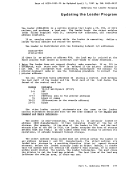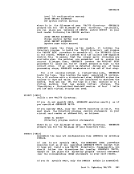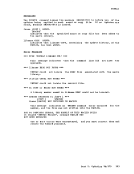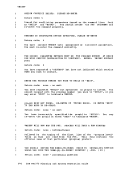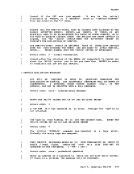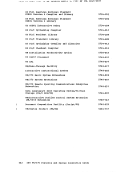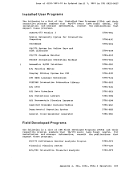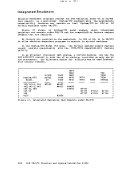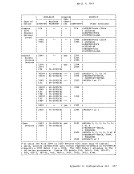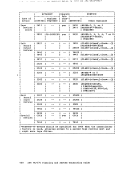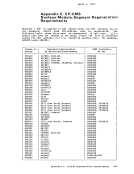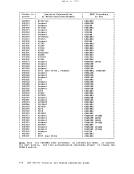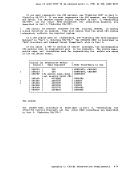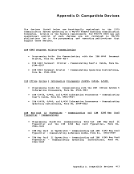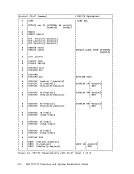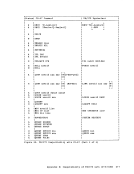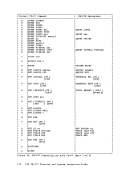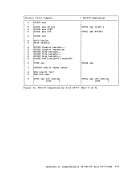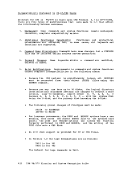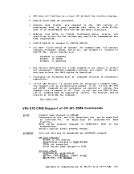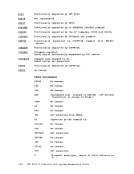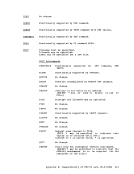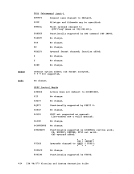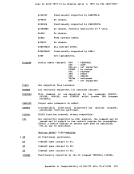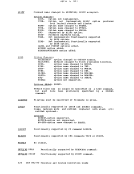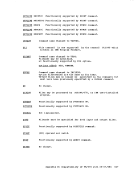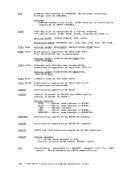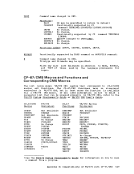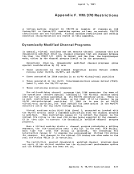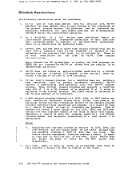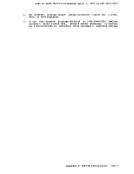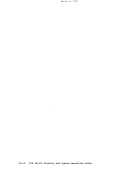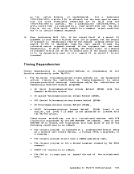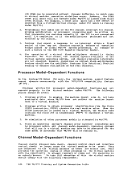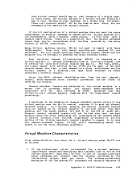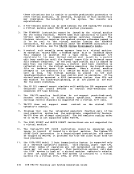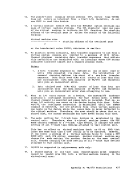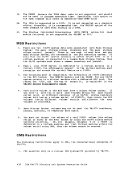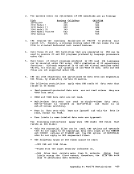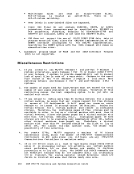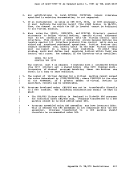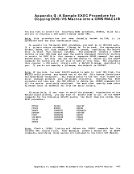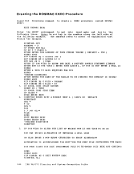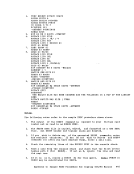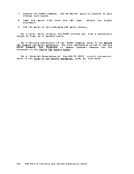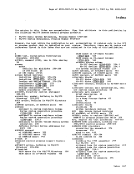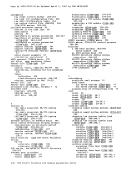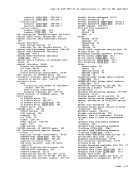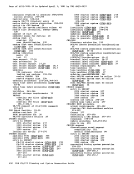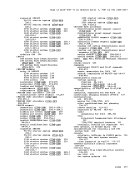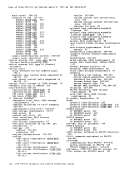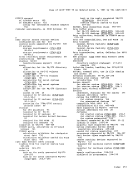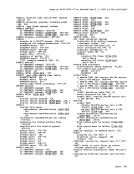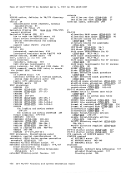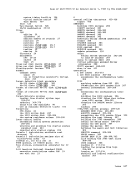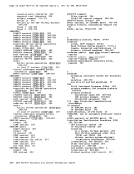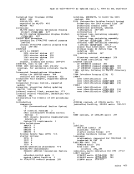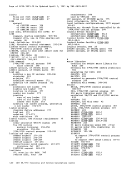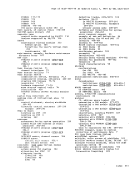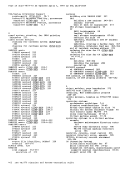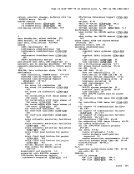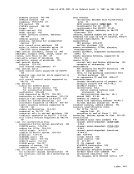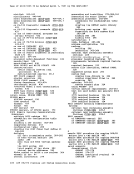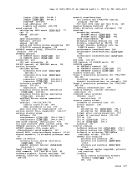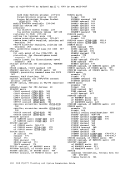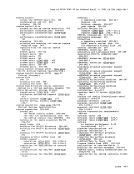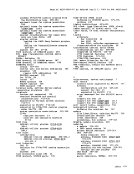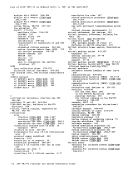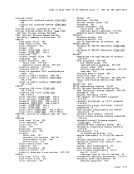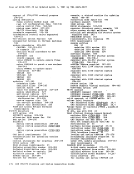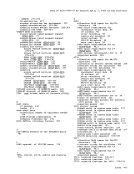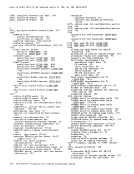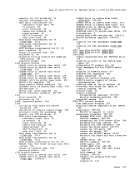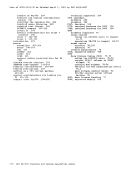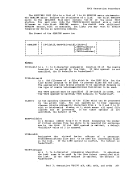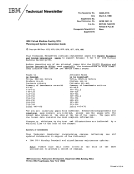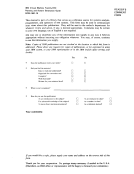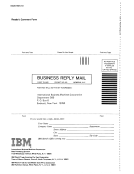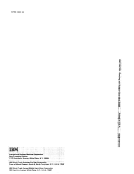as the entire 3330/3340/3350, a
that the track3330/3340/3350 to
write recordR(O) flag is set on.
due to an invalid
device) or nondedicated. For a dedicated
writeR(O) is allowed, but the user must be aware
descriptor record may not be valid from one
another. For a nondedicated3330/3340/3350, a
is replaced by a read recordR(O) and the skip
This could result in a command reject condition
command sequence.10. When performing DASD I/O, if the record field of a search ID
argument is zero when a virtual StartI/O is issued, but the search
ID argument is dynamically read by the channel program before the
search IDCCW is executed, then the real search ID uses. the
relocated search argument instead of the argument that was read
dynamically. To avoid this problem, the record field of a search
ID argument should not be set to binary zero if the search argument1S be dynamically read or if a search ID on record 0 is not
intended.
Timing Dependencies
Timing dependencies in input/output devices or programming do not
function consistently underVM/370: 1. The following telecommunication access methods (or the designated
option) violate the restriction on timing dependencyby using
program-controlled interrupt techniques and/or the restriction on
dynamically modified channel programs:• as Basic Telecommunications Access Method (BTAM) with the
dynamic buffering option.• as Queued Telecommunications Access Method (QTAM). • DOS Queued Telecommunications Access Method (QT!M). • as Telecommunications Access Method (TCAM). • OS/VS Telecommunications Access Method (TCAM) earlier, and Level 5 if TCAM is not generated or
theVM/370 option.
Level 4 or
invoked with
These access methods may run in a virtual=real machine withCCW translation suppressed by the SET NOTRANS ON command. Even if SET NOTRANS ON is issued, CCW translation will take place if one of the
following conditions is in effect:• The channel program is directed at a nondedicated device (such
as a spooled unit record device, a virtualCTC!, a minidisk, or
a console).• The channel program starts with a SENSE operation code. • The channel program is for a dialed terminal invoked by the DIAL
command.• START I/O tracing is in effect. • The CAW is in page zero or beyond the end of the virtual=real
area.
Appendix F:VM/370 Restrictions 433
that the track
write record
due to an invalid
device) or nondedicated. For a dedicated
write
descriptor record may not be valid from one
another. For a nondedicated
is replaced by a read record
This could result in a command reject condition
command sequence.
argument is zero when a virtual Start
ID argument is dynamically read by the channel program before the
search ID
relocated search argument instead of the argument that was read
dynamically. To avoid this problem, the record field of a search
ID argument should not be set to binary zero if the search argument
intended.
Timing Dependencies
Timing dependencies in input/output devices or programming do not
function consistently under
option) violate the restriction on timing dependency
program-controlled interrupt techniques and/or the restriction on
dynamically modified channel programs:
dynamic buffering option.
the
Level 4 or
invoked with
These access methods may run in a virtual=real machine with
following conditions is in effect:
as a spooled unit record device, a virtual
a console).
command.
area.
Appendix F:





















































































































































































































































































































































































































